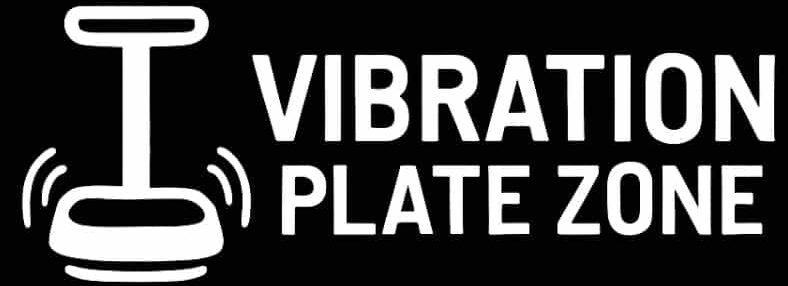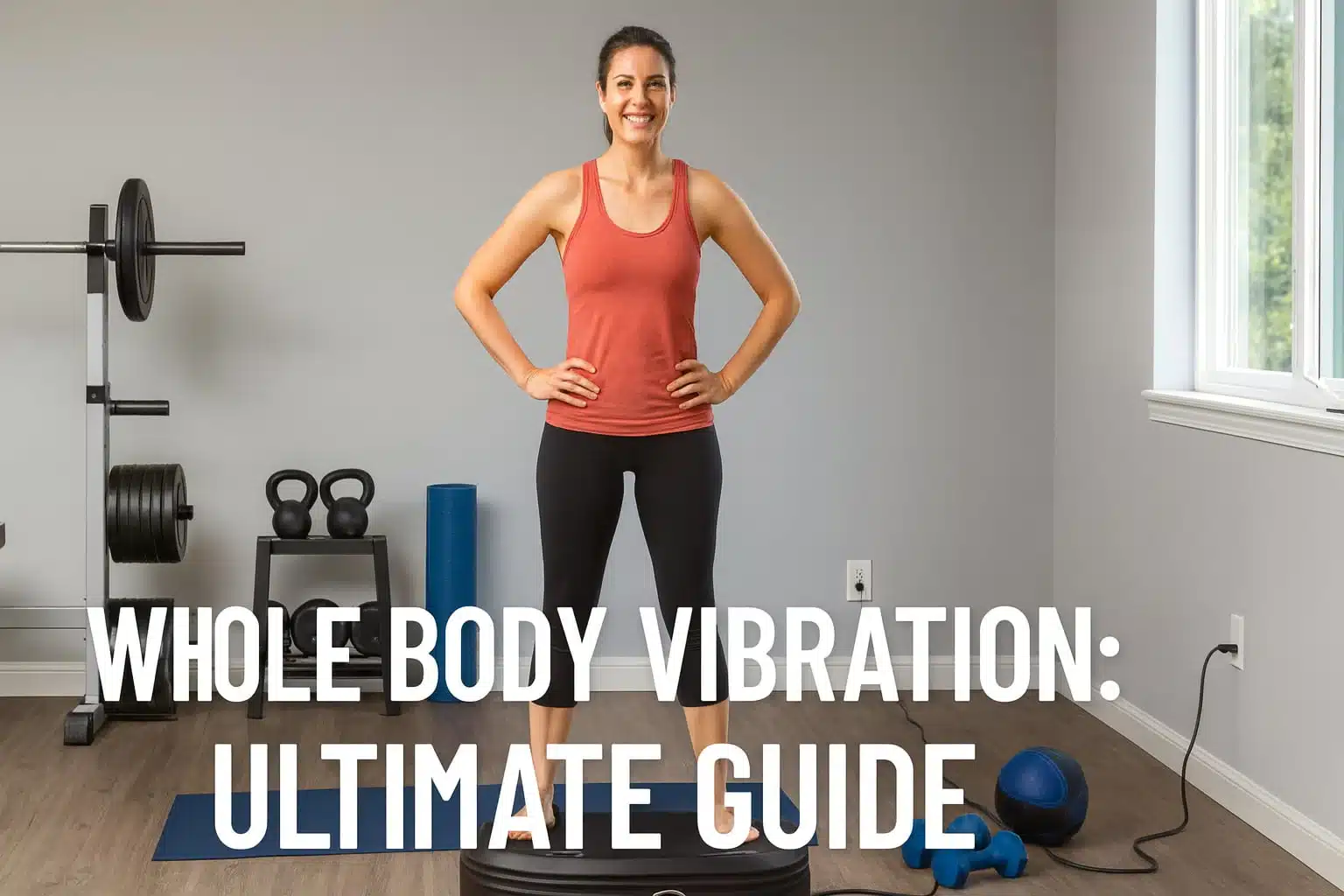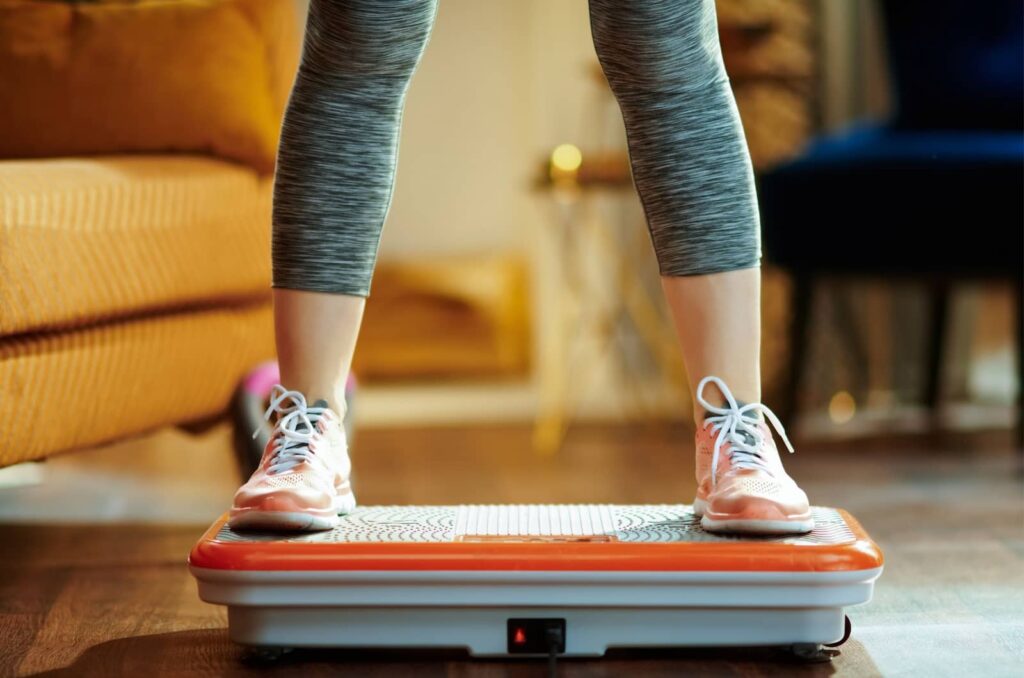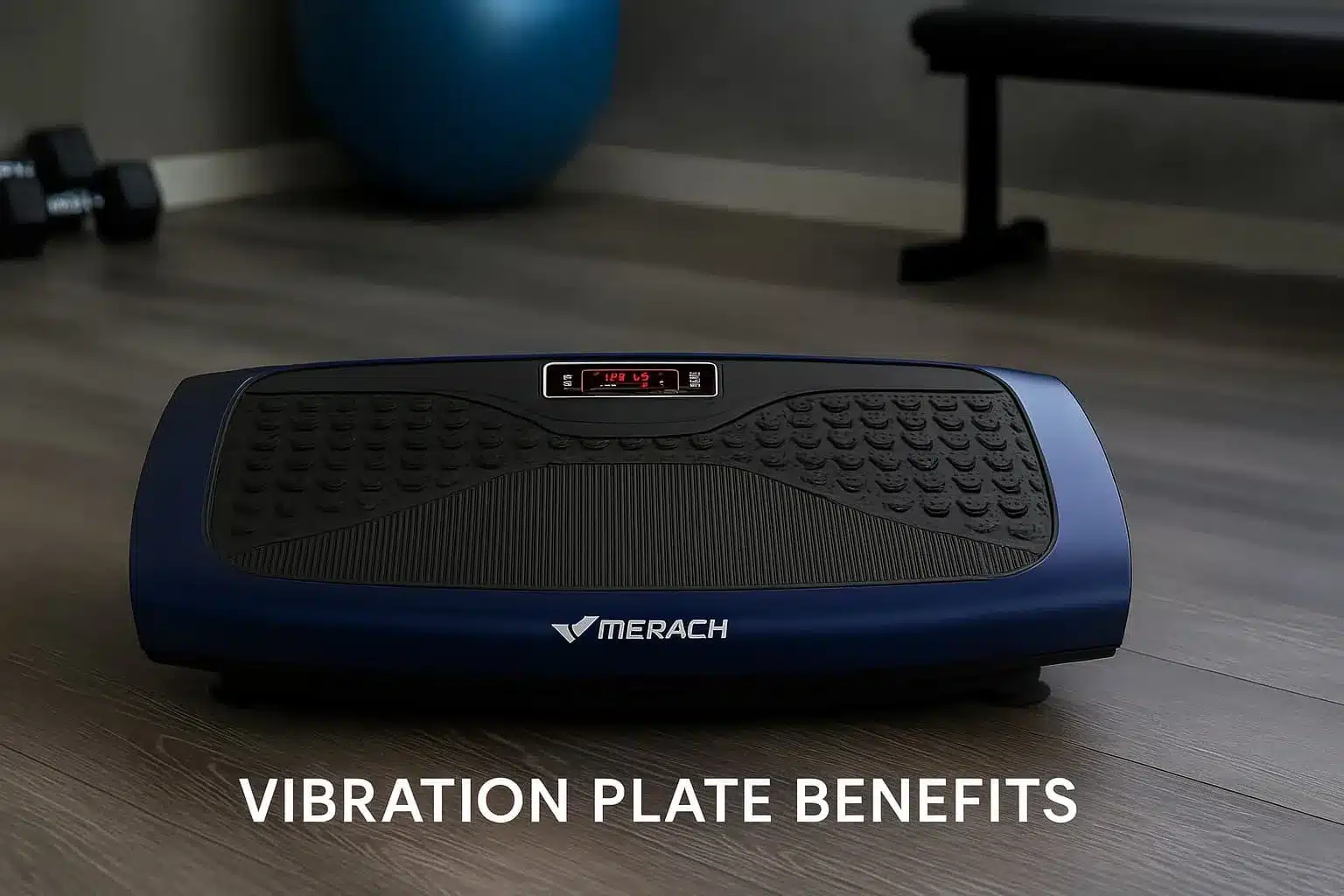Whole body vibration therapy has moved from clinical settings to home gyms, and many people ask how it works and whether it is worth it. I have used vibration plates for years and have seen their effects on clients of different ages and fitness levels.
This article explains what whole body vibration is, how to choose a machine, how to use it safely, and what benefits you can expect when you integrate it into your routine.
When used correctly, a vibration plate can support strength, balance, bone health, circulation, and recovery. The key is to understand how the machines work and to see them as part of a complete fitness plan rather than a magic fix. I will also share my own experiences and tips so you can make informed decisions.
Understanding Whole Body Vibration
Whole body vibration refers to training that uses mechanical oscillations to stimulate your muscles and nervous system. A platform moves at controlled speeds and ranges, and when you stand or do vibration plate exercises, the movement forces your muscles to contract repeatedly. This repeated activation is what makes even short sessions feel like an effective workout.
When you step onto the platform, your body experiences rapid stretch reflexes. This reflex, known as the tonic vibration reflex, causes your muscles to tighten and release over and over. Because the contractions happen involuntarily, you engage more muscle fibers than you might during a normal bodyweight exercise.
These machines operate at specific frequencies and amplitudes. Frequency measures the rate of oscillation, often between 20 and 50 hertz for consumer models. Amplitude measures how far the platform moves, usually a few millimeters to over a centimeter. Adjusting these settings allows you to tailor the intensity of your workout.
There are several types of vibration machines. Oscillating or pivotal plates tilt side to side like a seesaw, making them comfortable for beginners and useful for balance training. Linear or vertical plates move straight up and down, providing a stronger contraction that some athletes prefer. Multi‑directional or four‑dimensional machines combine side‑to‑side, up‑and‑down, and elliptical motions for varied stimulation.
The concept of vibration training originated in space programs. Scientists developed vibrating platforms to help astronauts maintain bone density and muscle mass in zero gravity. Later, athletes and therapists adopted the technology for strength training, rehabilitation, and flexibility work. Today, the machines are widely available for home use.
Understanding the difference between frequency and amplitude helps you customize your sessions. A higher frequency creates more rapid contractions, while a larger amplitude generates greater displacement. Some machines display g‑force or acceleration, which indicates total intensity. Starting with moderate settings ensures safety and comfort.
Machine design matters. Platform size, surface texture, and handle placement all affect how stable and secure you feel. Some models include remote controls, preset programs, or attachments like resistance bands. Carefully reading the manual and learning the features will help you get the most out of your equipment.
For a deeper explanation of how vibration plates work and the science behind them, visit our comprehensive guide titled What is a vibration plate?.
Whole Body Vibration Benefits

Whole body vibration offers many benefits, but they depend on how you use the machine and what your goals are. The following sections break down key benefits so you can decide which aspects matter most for you. Keep in mind that vibration training should support your complete fitness plan rather than replace other forms of exercise.
Muscle Strength and Activation
When exposed to vibrations, your muscles contract reflexively. This increased neuromuscular activation recruits more fibers than standard bodyweight exercises, leading to improved strength and tone without heavy weights. Even simple movements like squats and lunges feel more challenging because of the constant contractions.
Research suggests that pairing vibration with exercises such as squats, lunges, push‑ups, and planks improves muscle stimulation, especially in the lower body and core. I have noticed that my clients feel more engaged during basic movements when the platform runs at a moderate frequency. They often comment that short sessions leave them feeling like they worked harder than they expected.
Hormonal responses, including increases in testosterone and growth hormone, have been observed in controlled settings. These hormones support muscle growth and recovery, although the effects are modest and depend on consistent training and proper nutrition. Vibration is most effective when combined with traditional strength work and balanced eating.
For more insights into how vibration plates support strength and circulation, read our detailed article on vibration plate benefits.
Balance and Coordination
Vibration plates challenge your balance because they create an unstable surface. When you stand on the platform, your body must make constant micro‑adjustments to stay upright. This stimulates the receptors in your joints and improves communication between your nervous system and muscles.
Regular vibration training can improve balance and coordination. I see this benefit especially in older clients who feel steadier walking on uneven ground or climbing stairs after a few weeks of consistent practice. Improved balance can lower the risk of falls and related injuries.
To improve coordination, try simple moves like single‑leg stands, weight shifts, or marching in place on the machine. Keep your knees slightly bent and focus on proper alignment. Over time, you will notice better control and quicker reactions during everyday movements.
For recommendations on equipment that supports balance practice and fits into home spaces, read our guide to the best vibration plates for home use.
Bone Density and Osteoporosis Support
Mechanical vibrations place gentle stress on bones, stimulating the remodeling process. This process is similar to what occurs during weight‑bearing activities, and it may help maintain or modestly increase bone density. Vibration training is often discussed in relation to osteoporosis because even small gains are valuable for those at risk of bone loss.
Studies on postmenopausal women show modest improvements in spinal and hip bone density when vibration sessions accompany weight‑bearing exercises. The results are not dramatic, but slowing bone loss can have significant long‑term benefits. Proper settings and regular practice are important to get the most from these effects.
Use lower frequencies, around 30 hertz, with moderate amplitude for bone health. Maintain a slight bend in your knees and avoid locking your joints. Always speak with a healthcare professional before beginning vibration training if you have osteoporosis or low bone mass.
To see which machines are designed with bone health in mind, take a look at our recommendations for the best vibration plates for osteoporosis.
Lymphatic Drainage and Circulation
Using a vibration plate for lymphatic drainage helps move fluids through your body. This mechanical pumping encourages blood flow in muscles and assists your lymphatic system in clearing waste products. Better circulation can reduce swelling in the legs and feet and speed up recovery after exercise.
Many people use vibration plates to complement lymphatic drainage therapy. Gentle sessions with low amplitude are particularly helpful for those with fluid retention or swelling. In my practice, I recommend short post‑workout sessions on the plate to aid recovery and lessen stiffness.
To maximize circulation benefits, try deep breathing and gentle calf raises while standing on the platform. Keep the settings moderate so you do not feel dizzy. For more information on this topic, read our article about the best vibration plate for lymphatic drainage.
Weight Management and Body Composition

Whole body vibration can contribute to weight management, but it is not a stand‑alone fat loss tool. Performing exercises on a vibrating platform increases muscular effort and therefore burns more calories than the same movements done on the floor. This heightened effort supports a higher energy expenditure during your workout.
However, the effect on body composition is modest. Research indicates that vibration training can reduce fat mass when paired with a balanced diet and aerobic activity, but changes in body fat percentage are generally small. Clients in my programs achieve the best results when they combine vibration with walking, cycling, or strength training and pay attention to their nutrition.
The increased muscle activation may help build lean mass, which raises your resting metabolic rate. This means you burn more calories even when you are not exercising. Nevertheless, the key to weight management remains creating a sustainable calorie deficit and building consistent habits.
If your primary goal is fat loss, start with three vibration sessions each week, focus on compound movements, and include regular cardiovascular exercise. For guidance on choosing a machine that supports weight loss, explore our recommendations for the best vibration plates for weight loss.
Neuropathy, Pain Relief, and Sensitive Conditions
Vibration therapy may provide relief for people with neuropathy or chronic pain conditions. Mechanical stimulation increases blood flow to affected areas and can decrease the perception of pain by activating sensory receptors. The sensation is similar to the relief some people feel from massage.
I have worked with clients who experience numbness or tingling in their feet due to neuropathy. Using a vibration plate at a low frequency helped them regain some sensation and comfort. Be sure to start slowly and monitor how your body responds. People with diabetic neuropathy should consult their healthcare provider before using vibration therapy.
Gentle vibration can also help reduce lower back pain and stiffness. Seated or lying positions with your legs resting on the platform provide a soothing, massage‑like effect. Avoid high intensity settings if you have nerve‑related conditions.
For machines that address neuropathy and pain relief, read our guide to the best vibration plates for neuropathy.
Flexibility and Range of Motion in Elderly

The warming effect of vibration can increase muscle temperature and elasticity in the elderly. When you perform stretches or joint mobilisations on a vibration plate, you may notice a deeper stretch with less discomfort. Vibrations loosen tight muscles and connective tissue, making it easier to move freely.
Simple movements like hamstring stretches, hip openers, or shoulder mobility exercises can be enhanced by standing or sitting on the platform. Always move slowly and focus on good form. Avoid overstretching, as the vibration may dull discomfort and lead to injury.
My 80 years old aunt often uses a vibration plate before a workout to prepare her hips and hamstrings. A few minutes of gentle movement makes her joints feel more supple and ready for light exercise.
Posture and Core Stability
Maintaining posture on a vibration plate requires continuous engagement of your core muscles. The constant movement of the platform challenges your abdominals, lower back, and pelvic stabilizers, which can improve posture over time. This is why many users report feeling more aligned after several weeks of training.
Exercises like planks, side planks, or bird‑dog variations on the plate intensify the challenge. Because the surface is moving, even minor shifts in weight distribution require your core to fire. This reinforces proper alignment and stability in daily movements.
Improved posture reduces strain on the spine and helps with breathing. Clients often tell me they feel taller and more balanced after a few weeks of core‑focused sessions.
Recovery and Reduced Soreness
Gentle vibration sessions help flush waste products from muscles and reduce delayed onset soreness after intense workouts. The massage‑like sensation encourages blood flow and aids the lymphatic system. This means you can recover faster and return to training sooner.
I often stand on a low setting after long runs or heavy lifting sessions. The vibrations soothe my tired legs and back, and I feel less stiff the next day. Recovery sessions should be low intensity and short, usually five to ten minutes.
Vibration plates can also be useful for warm‑ups. A brief, gentle session primes your nervous system and warms your muscles, preparing them for more strenuous exercise.
Research and Evidence on Whole Body Vibration
The question is, do vibration plates work? Unequivocally, yes. Over the past two decades, scientists have studied whole body vibration in athletes, postmenopausal women, older adults, and other populations. Research consistently shows improvements in muscle strength when vibration is paired with conventional resistance training. The extra stimulation helps recruit additional muscle fibers and improves neuromuscular coordination.
Bone density research is more varied. Some studies report modest increases in spinal and hip bone mineral density in postmenopausal women, while others note mostly reduced bone loss rather than significant gains. Differences in frequency, amplitude, session length, and participant characteristics contribute to these mixed results. Nonetheless, maintaining bone density is an important outcome in itself.
Weight loss outcomes are less impressive. Meta‑analyses indicate that vibration training alone leads to small reductions in fat mass, but changes in body fat percentage are usually minimal. Vibration can support weight management by helping you build muscle and stay active, but diet and sustained physical activity remain the primary drivers of fat loss.
Balance and coordination improvements appear more consistently in the research. Trials with older adults show better postural control and reduced fall risk after several weeks of vibration training. Improved neuromuscular coordination likely arises from the constant adjustments required on the platform.
When reading research on vibration training, pay attention to the settings used and the exercises performed. Effective studies often use frequencies between 20 and 50 hertz and include dynamic or static exercises. Results vary widely, so individualized training plans are important.
There is evidence that vibration training can temporarily increase growth hormone and testosterone levels, which support muscle growth and recovery. However, these hormonal responses are short‑lived and should not replace consistent strength training and proper nutrition. More research is needed to determine optimal protocols for different goals and populations.
Choosing the Right Whole Body Vibration Machine
Selecting a vibration plate requires consideration of several factors. Many models on the market offer different features and price points, so it helps to know what matters most to you.
Frequency range and amplitude are key specifications. Machines with adjustable frequencies between 20 and 50 hertz and multiple amplitude settings provide flexibility for different training goals. Some models display g‑force or acceleration ratings, which give an idea of intensity.
Platform size influences comfort and stability. A larger surface allows for wider stances and more exercise variety, but it also takes up more space. Weight capacity is important for safety; choose a machine that supports your body weight plus any additional loads you plan to use.
Vibration type affects the feel of your workout. Oscillating or pivotal machines move side to side, which often feels more natural and is gentle on the joints. Linear or vertical machines move up and down, delivering a stronger muscle contraction that some athletes prefer. Multi‑directional or four‑dimensional plates combine motions for varied stimulation.
Controls and programs add convenience. Clear displays and remote controls allow you to adjust settings without bending over. Preset programs guide you through different intensity levels and time intervals, which can be helpful when you are new to vibration training.
Additional features like Bluetooth speakers, resistance bands, or handles may make your experience more enjoyable but are not necessary. Focus on build quality, warranty coverage, and customer support. Reading user reviews and expert comparisons can provide valuable insights into how a machine performs in real‑world settings.
How to Use a Whole Body Vibration Plate Safely

Proper technique and gradual progression are very important when you start using a vibration plate. The first step is learning how to use a vibration plate.
Begin by reading your machine’s manual and learning the recommended settings for beginners. Most people should start with a low to moderate frequency and a short session length.
Sessions of five to ten minutes, two or three times per week, are a good starting point. Focus on basic exercises like squats, standing calf raises, seated hip lifts, and planks. Keep a slight bend in your knees and engage your core to absorb the vibrations.
Keep your head aligned with your spine and avoid clenching your jaw. If you feel buzzing in your teeth or skull, lower the intensity or adjust your stance. Barefoot sessions can improve balance and foot strength, but supportive shoes help dampen vibrations if you are new or have sensitive joints.
Progress gradually by increasing session length or frequency rather than jumping to maximum settings. After two weeks, you might add a few minutes or an extra day. After a month, you can incorporate new exercises like lunges, single‑leg balance holds, push‑ups with hands on the platform, or core rotations. Avoid increasing all variables at once; choose either time or intensity.
Always listen to your body. If you experience pain, dizziness, or numbness, stop and seek advice from a healthcare professional. Rest days are important for muscle recovery, especially after strength‑focused sessions.
A sample four‑week plan might look like this: Weeks one and two include three sessions of ten minutes focusing on foundational movements and posture. Weeks three and four include three or four sessions of twelve to fifteen minutes, adding a second set for some exercises and increasing the challenge slightly. After week four, evaluate how you feel and adjust your training plan accordingly.
Keep your workouts varied. Combine static holds with dynamic movements and alternate between higher and lower intensities. Use the machine for warm‑ups, strength sessions, or recovery days depending on your goals.
Track your sessions and note how your body responds. Over time, you can add external resistance like dumbbells or resistance bands, but always prioritize control and alignment. A well‑structured progression helps you gain benefits safely.
Who Should Avoid Whole Body Vibration? Safety Considerations
Although whole body vibration is safe for many people, the potential dangers of vibration machines must not be ignored. Individuals with certain medical conditions should consult a healthcare provider before using a vibration plate. These include pregnancy, deep vein thrombosis, severe diabetes with neuropathy, pacemakers or other implanted devices, joint replacements, fresh surgical wounds, or unhealed fractures.
People with epilepsy, migraines triggered by vibration, or severe cardiovascular disease should also seek medical advice. If you are prone to motion sickness or vertigo, start with very low settings or avoid vibration altogether, as the sensation can be disorienting.
Children should use vibration plates only under professional supervision. Seniors with brittle bones should begin with extremely low frequencies in vibration plates and ensure their doctor approves. Always use a stable support, like a wall or chair, when getting on and off the platform.
Pay attention to contraindications listed in your machine’s manual. Overuse can cause joint pain, headaches, or fatigue. Keep sessions within recommended durations, typically no more than twenty minutes for adults.
If you have any doubt, speak with a physiotherapist or doctor. They can help you determine whether vibration training fits your health status and goals.
Common Myths About Whole Body Vibration
Many misconceptions surround whole body vibration. One belief is that standing still on the platform delivers all the benefits. Passive standing mainly provides circulation advantages. To see improvements in strength, balance, and bone density, you need to move or hold positions that engage your muscles.
Another myth is that longer sessions are better. Vibration training works best in short bursts. Ten to twenty minutes is usually sufficient for most goals, and prolonged exposure can cause fatigue or headaches.
Some marketers claim that vibration plates replace other forms of exercise. While vibration improves muscle activation, it should complement rather than replace traditional strength and cardiovascular workouts. A varied routine produces the best results.
There is also a belief that vibration training automatically leads to weight loss. As discussed earlier, the effect on fat mass is modest. Sustainable weight management still depends on calorie balance and consistent activity.
There is a notion that all plates perform the same. Machines differ significantly in build quality, motion type, frequency range, and design. Choosing a model that matches your needs is important. Always do your research before purchasing.
Personal Experiences and Tips
As someone who uses vibration plates regularly, I have learned a few lessons that can help newcomers. When I initially tried a vibration plate, I was skeptical. The sessions were short, but my legs and core were surprisingly sore the next day. This showed me that the machine activates muscles that do not always get targeted in standard workouts.
Pairing vibration training with existing workouts made a big difference. After lifting weights, a five‑minute cool‑down on the plate helped me recover faster. Before a run, a short session warmed up my calves and hips, making my stride feel smoother.
Coaching clients showed me that the machine can be tailored to different needs. Elderly clients appreciated the stability and improved balance they gained. Athletes enjoyed the extra challenge in planks, push‑ups, and squats. People with jobs that require long periods of sitting benefitted from improved circulation and reduced stiffness.
One tip is to use a timer rather than relying on the machine’s preset when you start. This encourages you to focus on quality rather than waiting for the machine to end the session. Another tip is to use a mirror to monitor your posture until you feel confident on the platform.
You can incorporate vibration into everyday activities. For instance, I sometimes work on my laptop while standing on a gentle setting. It keeps my legs engaged and reduces the fatigue associated with sitting for long periods. Just remember to keep the intensity low when multitasking.
Consistency is the biggest factor. Short, regular sessions produce better results than sporadic intense workouts. Listen to your body, adjust settings as needed, and enjoy the process.
Summary of Key Points
Whole body vibration is an effective tool for enhancing strength, balance, bone health, circulation, and recovery. It stimulates muscles and the nervous system through mechanical oscillations and complements traditional exercise. When used properly, vibration training supports a wide range of fitness and wellness goals.
Choosing the right machine involves considering frequency range, amplitude, vibration type, platform size, weight capacity, and controls. Pick a model that matches your needs and space.
Start with short sessions and moderate settings, focusing on proper posture and controlled movements. Progress gradually, include variety, and pay attention to how your body feels. Avoid common myths by having realistic expectations about what vibration can and cannot do.
Consult your healthcare provider if you have medical conditions or concerns. With thoughtful use, a vibration plate can become a versatile tool in your fitness and wellness routine.
If you are ready to learn about specific machines, consider reading our in‑depth Power Plate MOVE review. This review highlights performance, features, and real‑world experiences to help you select a premium model that fits all your needs.
FAQs
What is whole body vibration therapy?
Whole body vibration therapy is a training method that uses a moving platform to deliver mechanical vibrations to your body. The vibrations cause your muscles to contract and relax repeatedly, which stimulates strength, circulation, and balance. It is used in fitness, rehabilitation, and wellness settings and can be adjusted to suit different goals.
How often should you use a whole body vibration machine?
You should use a whole body vibration machine two or three times per week when starting out. Begin with five to ten minutes per session and allow at least a day of rest between strength‑focused workouts. As your body adapts, you can gradually increase session length or frequency while monitoring how you feel.
Can whole body vibration improve bone density?
Whole body vibration can support bone density by providing gentle mechanical stress that stimulates bone remodeling. Studies in postmenopausal women show modest improvements in spine and hip bone density when vibration is combined with weight‑bearing exercise. The effects are small but meaningful for slowing bone loss.
Is whole body vibration safe for seniors?
Yes, whole body vibration is safe for seniors when used at low intensities and under supervision. Seniors should start with very low frequencies and short sessions and use a stable support for balance. Consulting a healthcare provider ensures that vibration training fits individual health conditions.
What are the benefits of whole body vibration for lymphatic drainage?
The benefits of whole body vibration for lymphatic drainage include improved fluid movement and reduced swelling. The rhythmic vibrations act like a pump, helping your lymphatic system remove waste and excess fluid. Gentle sessions can support recovery, reduce leg and foot swelling, and complement other treatments for lymphatic health.
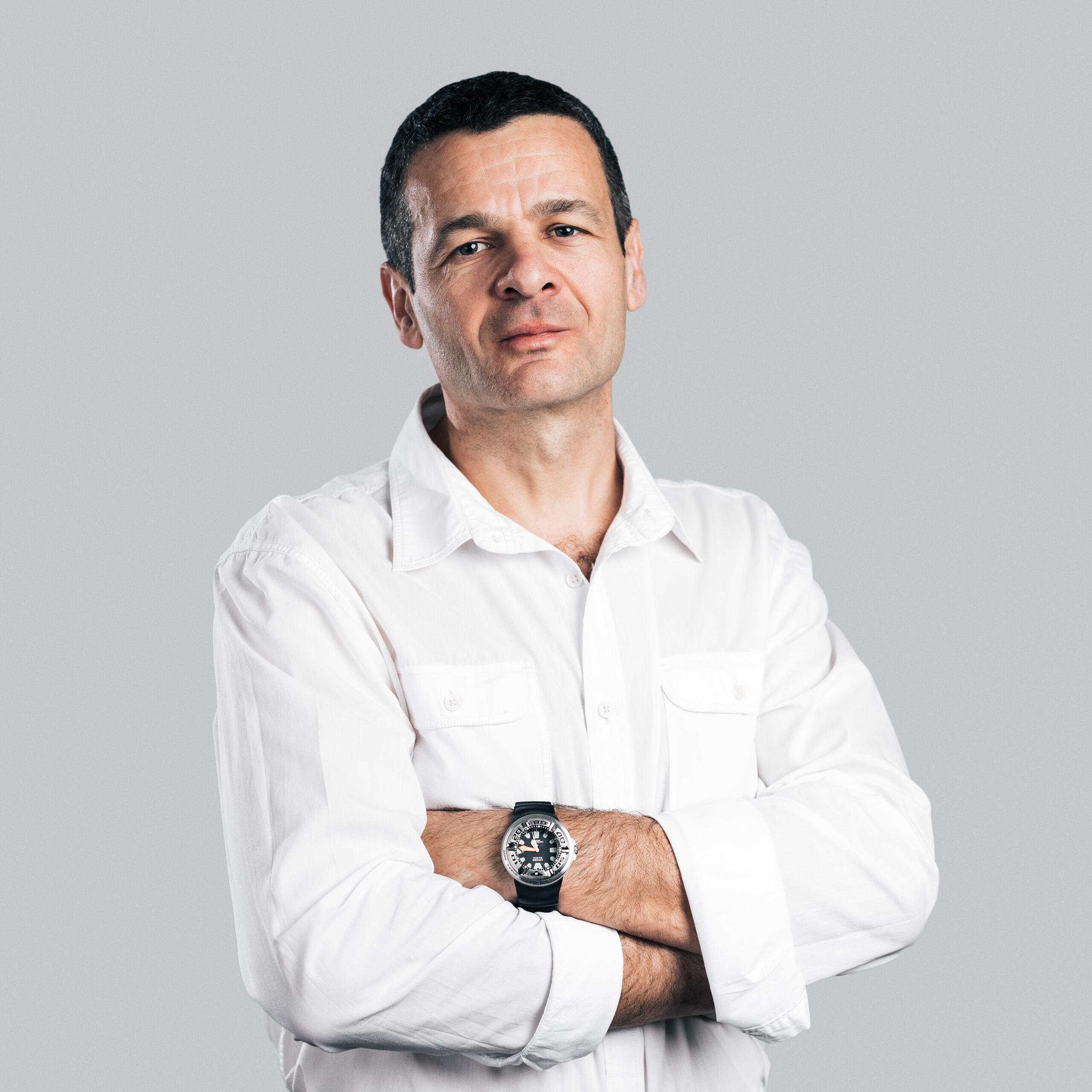
About the author: Hello! I’m Vladimir Stanar, professor of physical education, kinesiotherapist, marathon runner, cyclist, and cycling coach, and long-time advocate of health, fitness, and active living.
My journey with vibration plates runs parallel to my professional career in education, sports medicine, and athletic development. Over time, I’ve come to see vibration plates as one of the most versatile tools for enhancing health, recovery, and performance.
